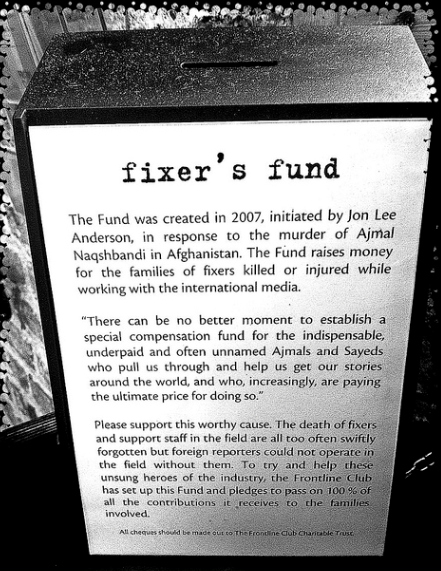https://www.instagram.com/p/BD1ccjksEN4/?taken-by=blacktapnyc&hl=en
It happened again this morning, I saw it.
I woke up, grabbed my phone, set the alarm off and started scrolling the Instagram stream – maybe it’s because it feels soothing to see some pretty pictures before reading the news – and there it was again: an insane milkshake.
These sugar-fat-statues usually contain loads of cream cheese, whipped cream, candy, chunk of cake or pie or a donut, marshmallows, pretzels, cotton candy, peanut butter, chocolate in multiple ways and somewhere there below also lies ice cream and milk – as they are milkshakes. Over the top milkshakes are the biggest Instagram hit this year (the first crazy shakes that posed for Instagram were from Australia in 2015). So I’m drooling, as probably are the thousands of others who have pushed the like-button within the hour that the Huffington Post released the picture in their Huff Post Taste Instagram feed. Now, I’m ready for the morning news.
What we want from the social media is entertainment. To attract online customers, social media has to feed the hunger for entertainment. Food – in particular photographs of outrageous milkshakes – is currently helping to fulfil that need.
Give us our daily food video
Food means visitors, actually plenty of them.
The Financial Times reported last month that companies such as BuzzFeed have recently showcased their online cooking videos and websites as key drivers of their traffic growth. In general, food related videos were viewed 23 billion times in 2015, a 170% rise from a year earlier, with nearly all of that viewership on YouTube and Facebook, according to research company Tubular Labs.
One of the first food videos to go viral was the s’mores dip video, a 30 second clip posted on Buzzfeed, that demonstrated how to make a pudding from marshmallows and chocolate – it has so far earned nearly 130 million views.
Jonah Peretti, BuzzFeed CEO, told Tech Insider in a December 2015 interview, “One of the things we realized about three years ago was that food and lifestyle content was something that people really loved and would share. It was also something we had the potential to have a bigger impact…on people’s lives.”
But it’s not only online media sites that have noticed that food content brings more audiences than ever. The New York Times’s Cooking site, launched in 2014, draws seven to eight million monthly users and has one million followers on Instagram. Last month the BBC was about to remove recipes from their website and more than 100,000 people signed a petition to protest the move. The recipes stayed.
Even Playboy has its own food site that has food news, videos and recipes.
The indisputable truth is that the markets are craving food content. The craving is so strong that food brands have also launched their own publications. Energy drink Red Bull has it’s own media house; supermarket and retailer chains like Whole Foods and Co-op have their own magazines. And in Finland the newest food magazine – with pictures from the best food photographers in Finland – is published by Lidl, a German supermarket chain that leads the retail markets in Europe.
Quality journalism meets food advertisers
Besides entertainment, audiences value reliable sources. Sam Sifton, the founding editor of The New York Times Cooking segment told the Financial Times that the success of the segment ”makes a strong case for reimagining Times journalism and transforming it into a digital experience.” So does the demand of keeping the food content in the BBC.
The good news for struggling media houses is that food = business. Everything related to food interests advertisers: whether it is a farmer, food producer, retailer, shopkeeper, restaurant or a milkshake bar. The food industry is perfect fuel for media which are dependent on commercials. As long as we find ways to take advantage of it, in ways that it won’t interfere with journalistic content, it is a win-win situation for everybody.
Image embedded from Black Tap, New York City’s Instagram Feed (@blacktapnyc)
Tags: BBC, content, Facebook, food journalism, Huffington Post, Instagram, marshmallows, Media economics, milkshakes, Playboy, s'mores dip video, video, video content













































